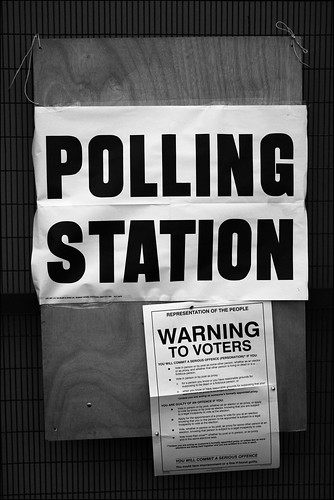The Federal Aviation Administration (FAA) announced on 31 October 2013 that it will allow passengers to use personal electronic devices (PEDs) during all phases of flight, and is immediately providing the airlines with guidance for implementing these changes.
These changes will not happen immediately. Airlines will first have to review their fleets and prove to the FAA that that they can safety allow passengers to safely use their devices in all phases of flight. The FAA expects that many airlines will be able to do so by the end of the year.
As with most changes to FAA regulations, these changes happened only after extensive consultations with technical experts and other representatives from the experts from the airlines, aircraft manufacturers, and the consumer electronics industry, as well as representatives from pilot, passenger, and flight attendant organizations.
What this means for passengers
These upcoming changes mean that passengers will soon be able use smaller devices like iPads, mobile phones, handheld video games, and ebook readers on the ground or in the air, with very limited exceptions. Electronic items will have to be either held or placed the seat back pocket during the actual takeoff and landing. The key rule changes that passengers should be aware of include the following:
- Changes to PED policies will not happen immediately and will vary by airline, and may not apply to your particular aircraft. Check with your airline to see if and when you can use your PED.
- Current PED policies remain in effect until an airline completes a safety assessment, gets FAA approval, and changes its PED policy.
- Your airline may have a PED use policy that is more restrictive than the FAA policy.
- While in flight, mobile phones and devices that can connect to the Internet will have to remain in airplane mode while in flight (the cellular connection must be disabled).
- You may use the Internet connection on your device if your airline offers an in-flight wireless connection.
- Even if your airline offers an in-flight wireless connection, it may not allow you to make voice calls using Skype or a similar Internet-based voice communication system.
- Your airline may also allow you to use short-range Bluetooth accessories, like wireless keyboards.
- You will have to stow heavier devices like laptops under seats or in the overhead bins during takeoff and landing.
- During the safety briefing, the airline will request that you pay attention to the safety briefing.
- There may still be some situations where the airline may request that you not use your PED, and if this happens, follow crew instructions and immediately turn off your device.
Related resources
- Advice on the use of personal electronic devices 31 October 2013 BBC interview with Dr. Curtis about the rule changes
- 3 May 2012 WTOP interview with Dr. Curtis arguing for a change in the old policy
- Protecting your laptop when you fly
Photo credit: Anna Langova

















